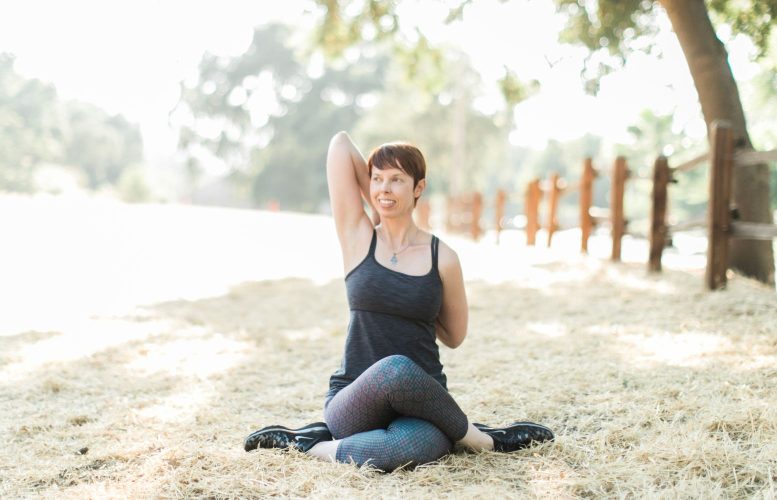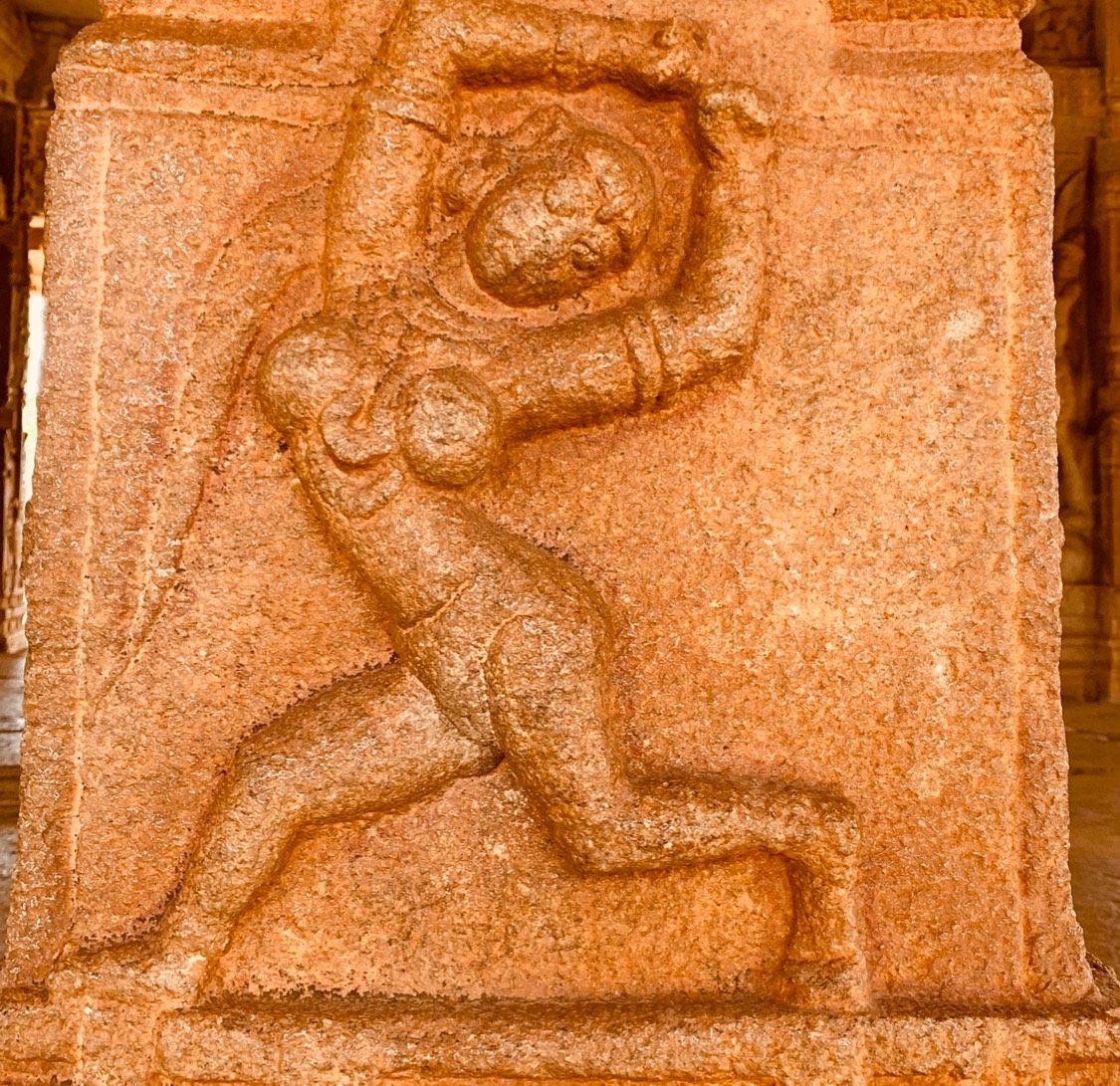We all have different reasons for practicing yoga, different paths that led us to find the practice. Many start for physical (even superficial) benefits, only to realize the profound, spiritual insights that are also accessible through asana and meditation. Meanwhile, others have to hit their knees before they become open to these rewards. As Rumi described, “The wound is the place where the light enters you.” In this column, teachers and students alike will contribute deeply-personal accounts of their own yoga journeys, how they found the practice, and why they stay committed to it. Thank you for holding the space and allowing them to share their truths.
I will freely admit that I hated my first yoga class. I took it at my college gym when I was in my early twenties and knew nothing about what I was getting myself into. It was a time in my life when I was struggling to function, due to the poor state of my physical and mental health. I had chronic back pain, migraines, stress, and illness, and I struggled immensely with depression and anxiety. At the time, it was a rare occurrence that I felt well, which significantly affected my confidence in my abilities. A friend suggested I try a yoga class to improve my health. I remember being very confused by the shapes I was asked to emulate, as well as when to breathe – and, I felt I couldn’t keep up. When the teacher assisted me in downward-facing dog (Adho Mukha Svanasana), it was too much for my back, and I could barely walk for a day or two after I took the class. I decided I couldn’t do this “yoga” – I was too broken and it was just one more thing I was not capable of doing.
I did not try the practice of yoga again until it was recommended to me by a doctor. I was desperately searching for tools for pain management besides more medication. I felt completely hopeless and disempowered and was willing to try anything to find relief. Fortunately, given my fragile health, this doctor recommended a specific type of yoga they felt I could safely practice, svaroopa (sequence example here). My experience with my first svaroopa teacher, Jan, was transformative. She taught me about the importance of breath and appropriately using props to support my body. She also provided me with a chair yoga practice I could play with at home that helped me focus on places where I felt the most immobile and tender. She became a vital part of my path toward greater wellness and an advocate for my own discernment of what was right for my body and mind.
Over time, as I gained more strength and curiosity, I was able to explore other styles of yoga, such as vinyasa, alignment-based yoga, yin, and restorative. Each of these styles challenged me to learn something new about myself. I experimented with more postures, advanced my familiarity with breathing techniques, and was introduced to meditation. Yoga became a vital tool to maintaining my well-being.
My curiosity led me to attempt a yoga teacher training. I wasn’t necessarily considering becoming a teacher myself; rather, I initially undertook it only to deepen my practice and understanding of the yogic tradition. I still felt there were many postures that were too challenging, or, at the very least, not right for my own body for me to practice regularly. In my own mind, because I needed to be able to replicate all the postures, this meant that there were fundamental barriers to my ability to teach. Separately, I felt like my postures wouldn’t “look” right because I have to modify them, and then I wouldn’t be able to post pictures of myself doing yoga in a meadow on Instagram (which apparently is a thing).
Over time, I expanded my studies beyond just the concept of postures, asanas. I studied many of the ancient and modern texts, experimented with meditation and breathing, and began examining the practice of yogic ethical principles. It was then that I realized how much I did not know; that my previous conceptualization of yoga had actually been rather narrow. Now, I understood there was so much more to do and learn.
I recognized then that a type of yoga that could work for everybody – even someone with more limited mobility like myself – existed. This realization that led me to my current work as a practitioner and teacher: melding the principles of classic yogic traditions with more modern lineages to create practices that can allow anyone to enjoy and grow with yoga; to find a space of peace and health while transcending the stereotypes of yoga practice. There is no way for a practice to “look” – practice can take whatever form makes a person comfortable and safe.
Such an expanded understanding has brought me incredible joy and well-being in my personal and professional life. It has improved my health and resilience in ways that I simply couldn’t have fathomed in the space I occupied in my early twenties. Not only do I feel so much better about myself, but now I also have the opportunity to share this journey and joy with others.
Yoga is usually translated to mean “to yoke” or “to join.” This terse translation does not capture the complexity, history, and profound effect the practice can have on our system. In the words of Richard Rosen, “Yoga doesn’t create a union; it reveals that it’s been there all along.” The practice of yoga has evolved over thousands of years and created hundreds of lineages and viewpoints. As a practitioner and teacher, I endeavor to find my compassionate path to practice and offer people the freedom to discover their own practice that is right for them.















One reply on “Where The Light Enters: The Real Reason I Practice Yoga”
Yoga was very helpful to Lindsey as she dealt with chronic pain while trying to maintain a challenging course of study at UCSD. many medical treatments were tried but all failed to provide relief while allowing her to be an effective student. Yoga proved to be one of the key components of her strategy to cope with the pain and still be an effective student and contributor to society.